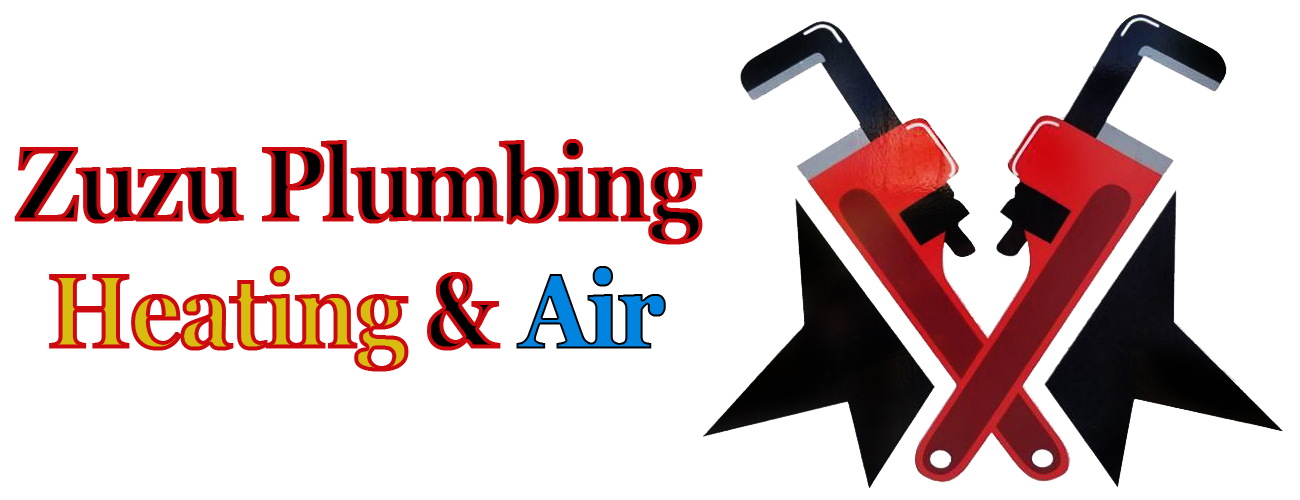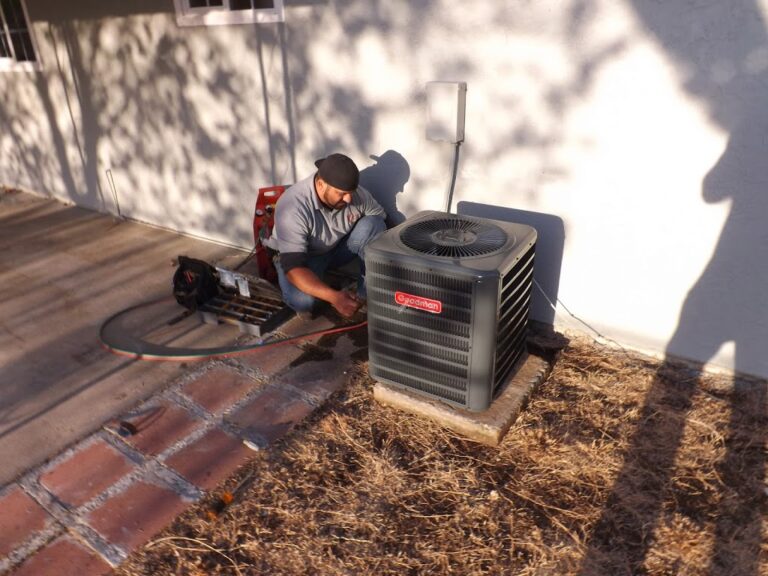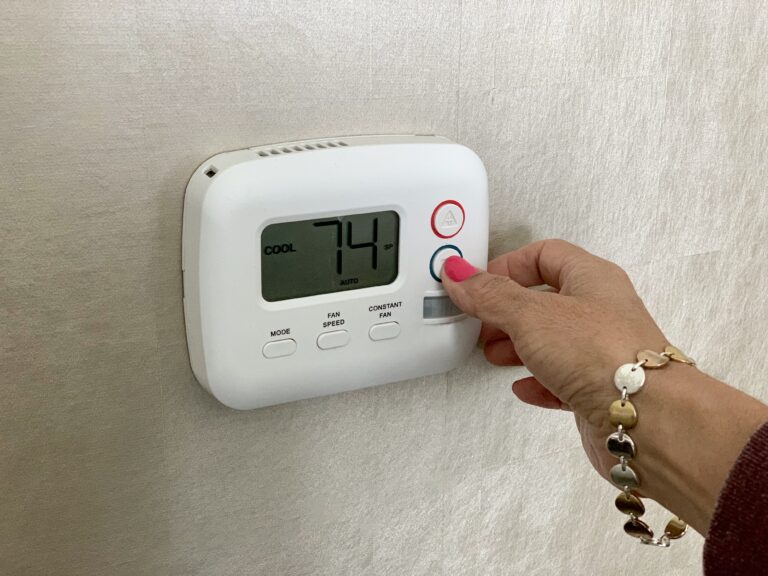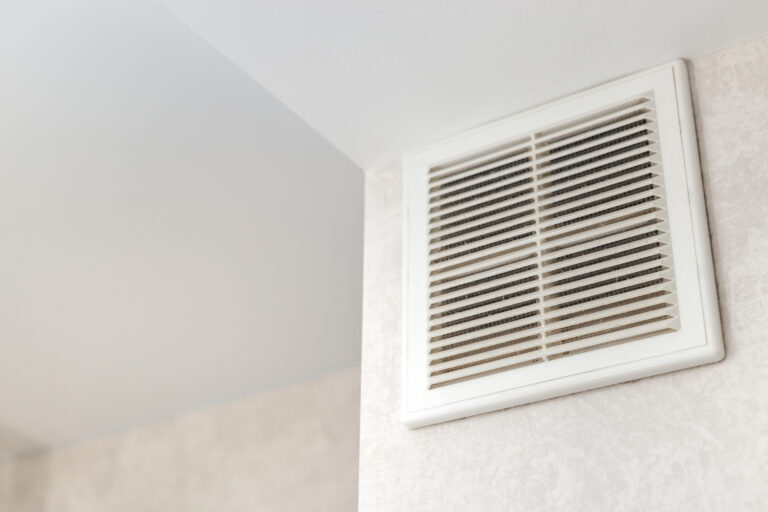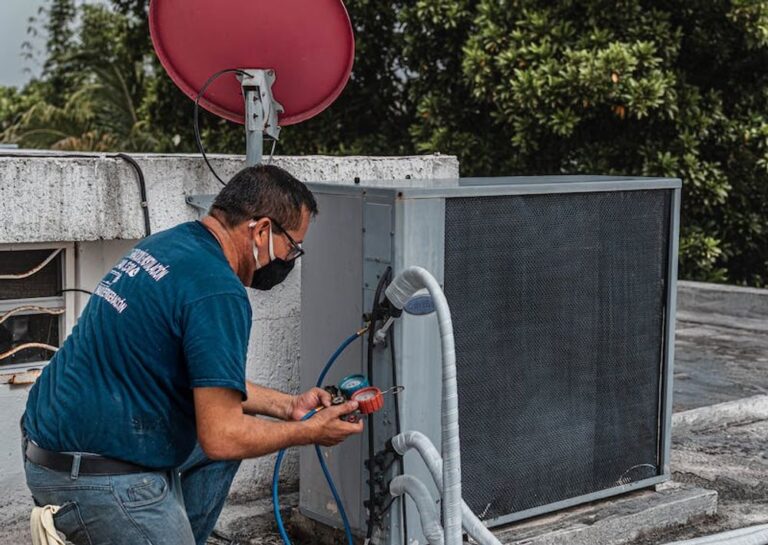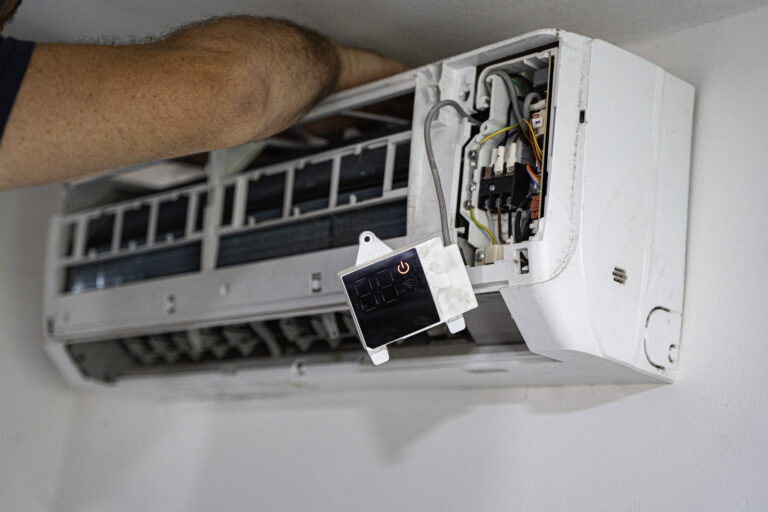Winter HVAC Tips for Energy Savings
As winter approaches in Modesto, homeowners brace for cooler temperatures and the inevitable rise in energy bills. Heating your home accounts for a significant portion of your monthly utility expenses. Many people accept this as an unavoidable cost of comfort. However, the efficiency of your heating system and the habits you practice at home play a massive role in managing these costs. You have a great deal of control over how much energy your home consumes.
Saving energy is not about sacrificing comfort. It is about working smarter, not harder. This involves optimizing your HVAC system, sealing your home’s envelope, and understanding how your furnace or heat pump operates. Small, consistent adjustments can lead to substantial savings over the course of a single winter. These practices also improve your home’s comfort, provide more even heating, and extend the lifespan of your valuable HVAC equipment. By taking a proactive approach, you can keep your Stanislaus County home warm and your energy bills in check.
Master Your Thermostat Settings
The thermostat is the command center for your entire heating system. It is also your single most powerful tool for managing energy consumption. Many homeowners set a single temperature and leave it there all season, which is one of the most significant sources of energy waste. Every degree you lower your thermostat during the heating season can save you on your final bill. The key is to find a balance between comfort and efficiency.
For winter, the recommended temperature for when you are home and awake is 68 degrees Fahrenheit. This provides a comfortable living environment without overworking your furnace. When you are asleep or away from the house for several hours, you can achieve significant savings by setting the temperature back 7 to 10 degrees. This “setback” period means your system runs far less when you do not need the heat. This simple habit, when practiced for eight hours a day, can reduce your heating costs by up to 10 percent annually.
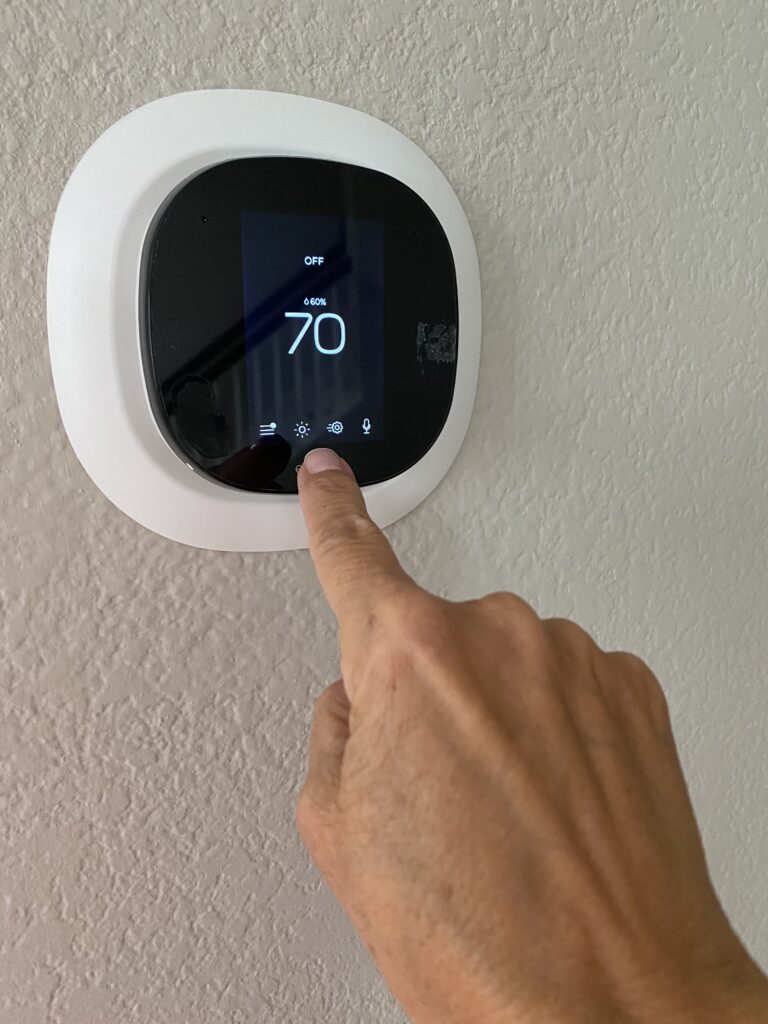
Manually adjusting the thermostat multiple times a day is difficult to remember. This is why upgrading to a programmable thermostat is a wise investment. You can set it once to automatically lower the temperature at bedtime and raise it just before you wake up. A smart thermostat offers even greater control, allowing you to adjust settings from your smartphone and even learning your family’s patterns to optimize the heating schedule automatically. Proper thermostat placement is also crucial. It should be on an interior wall, away from direct sunlight, drafts from windows, and heat sources like lamps or kitchen appliances, all of which can cause false readings.
Is your thermostat not working as it should? Click here to view our thermostat repair page.
The Critical Role of Air Filters
One of the most common, simple, and impactful maintenance tasks is regularly changing your HVAC system’s air filter. This component is designed to trap dust, pollen, and other debris, protecting your sensitive equipment and cleaning the air you breathe. Over time, this filter becomes saturated with particles. A clogged filter is a dense barrier that chokes your system.
Your furnace’s blower fan is designed to move a specific volume of air. When a dirty filter restricts this airflow, the fan motor must work significantly harder and run longer to circulate air through the home. This added strain can cause the motor to consume much more electricity; a dirty filter can force your system to use up to 15 percent more energy. This single, small component is suddenly responsible for a noticeable jump in your utility bills.
The consequences of a clogged filter extend beyond high costs. The reduced airflow prevents your furnace from distributing heat evenly, leading to hot and cold spots throughout the house. The extra strain also accelerates wear and tear on the blower motor, leading to costly repairs. In a gas furnace, a severe blockage can cause the heat exchanger to overheat, a dangerous condition that can cause the system to shut down or even crack. You should inspect your filter every month and replace it at least once every three months, or more often if you have pets or allergies.
Address Leaky Air Ducts
Your ductwork is the circulatory system of your HVAC. It is a network of pathways, often hidden in attics, crawlspaces, and behind walls, that delivers warm air to your rooms. Unfortunately, in many homes, this network is not perfectly sealed. Gaps at joints, loose connections, and punctures can lead to significant energy loss. This is an out of sight, out of mind problem that can be incredibly costly.
A typical home’s duct system can lose 25 to 40 percent of the heated air it carries through these leaks. This is a staggering amount of waste. The heated air you paid for never reaches your living space. Instead, it is dumped into your unconditioned attic or crawlspace. Your furnace is forced to run longer and more frequently to compensate for this massive loss, burning more fuel and driving up your bills.
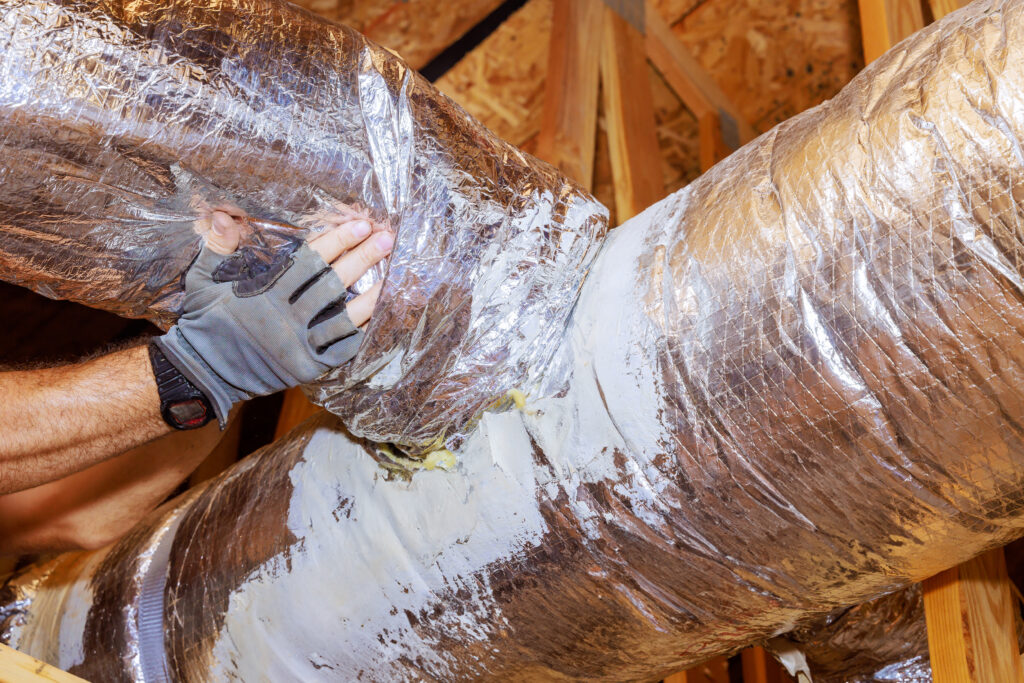
Leaky ductwork creates other problems as well. Leaks in the return ducts are just as bad, as they pull cold, dusty, and unconditioned air from the attic or crawlspace directly into your furnace. This air must then be heated, placing an even greater load on the system. It also introduces dust, insulation fibers, and other contaminants into your home, severely degrading your indoor air quality. Professionally sealing your ductwork with mastic sealant or metal backed tape and insulating the ducts in unconditioned spaces is one of the most effective energy saving measures you can take.
Schedule Professional HVAC Maintenance
Your furnace is a complex piece of mechanical equipment with burners, gas valves, safety sensors, and motors. Just like a car, it requires regular professional maintenance to operate safely, reliably, and efficiently. Neglecting your furnace and only calling a technician when it breaks down is a costly strategy. A system that is not professionally tuned can lose efficiency every year.
A comprehensive fall furnace tune up is essential for energy savings. During this service, a certified technician will clean and inspect all the critical components. They will clean the burners to ensure they are igniting efficiently. They will clean and test the flame sensor for reliability. They will lubricate motor bearings to reduce friction and electricity use. They will also inspect the electrical connections, check the thermostat’s calibration, and test all safety controls.
The most important part of this service is the inspection of the heat exchanger. This component separates the combustion gases from the air you breathe. Over time, it can develop cracks, which could allow dangerous carbon monoxide to leak into your home. A professional tune up is a safety inspection as well as an efficiency tune up. A clean, well tuned furnace uses less fuel to produce the same amount of heat, prevents unexpected breakdowns on the coldest nights, and ensures your system is operating safely.
Control Airflow and Your Home’s Envelope
Even a perfectly maintained furnace can waste energy if the heated air is not used wisely or if your home allows it to escape. Managing airflow within your home and strengthening your home’s “envelope” are key parts of a total winter energy saving strategy. These steps ensure the heat your furnace produces stays where you want it.
First, walk through your home and check all your supply and return air vents. These vents should never be blocked or obstructed. Furniture, rugs, or drapes covering a vent can disrupt the entire system’s balance. A blocked supply vent prevents a room from getting warm. A blocked return vent starves the system of air, putting immense strain on the blower motor, similar to a clogged filter. Ensure there is clear space around all vents for proper circulation.

Second, use your ceiling fans. Many people only think of fans for cooling, but they are very useful for heating. Warm air naturally rises, a process called stratification. This leads to a layer of hot air collecting near your ceiling, while the floor level feels cool. On your ceiling fan, there is a switch to reverse the blade direction to clockwise. Running the fan on its lowest speed in this direction will gently push the trapped warm air down from the ceiling and back into the living space, making you feel warmer and allowing you to lower the thermostat.
Finally, reduce heat loss by sealing air leaks. Your furnace works hard to heat the air, but gaps around windows and doors constantly let cold air in and warm air out. This infiltration forces your furnace to run more often. Adding weatherstripping around doors and caulking cracks around window frames are simple, low cost projects that can make a noticeable difference in your home’s comfort and your furnace’s workload.
Keeping your Modesto home warm this winter does not have to result in overwhelming utility bills. By taking proactive control of your HVAC system, you can significantly improve your energy efficiency. It starts with the simple, daily habit of managing your thermostat. It continues with the basic maintenance of changing your air filters. It also involves addressing the larger, hidden issues like leaky ductwork and air leaks in your home’s envelope.
The single most effective step to ensure your system is ready for winter is to schedule a professional maintenance appointment. A trained technician can optimize your furnace for peak performance and, most importantly, confirm it is operating safely. Zuzu Plumbing Heating and Air has served Stanislaus County for over 25 years. Our owner, Jay Nino, and our entire team are dedicated to providing a 5 star experience. Contact us today to schedule your furnace tune up and prepare your home for an efficient, comfortable winter.
